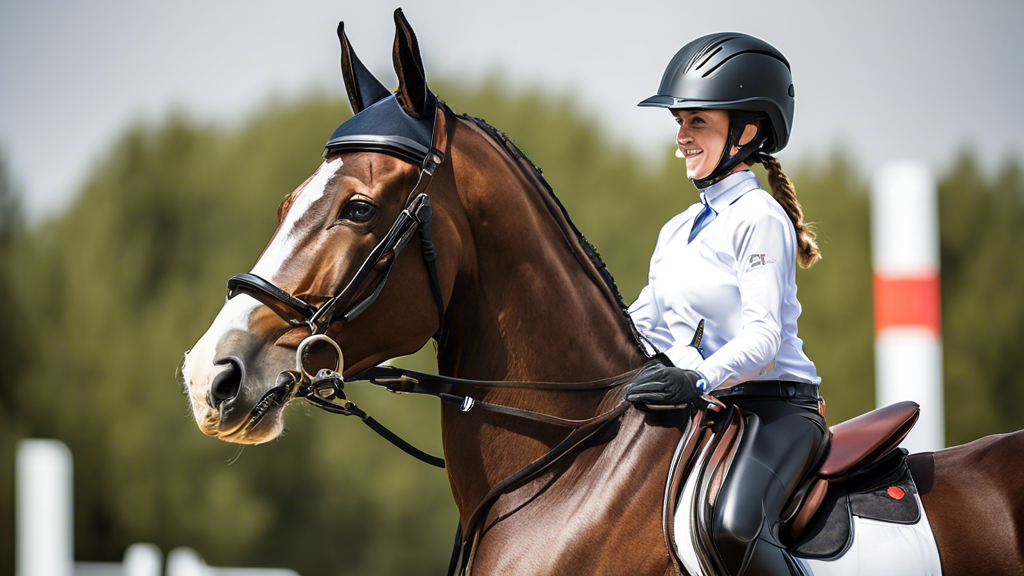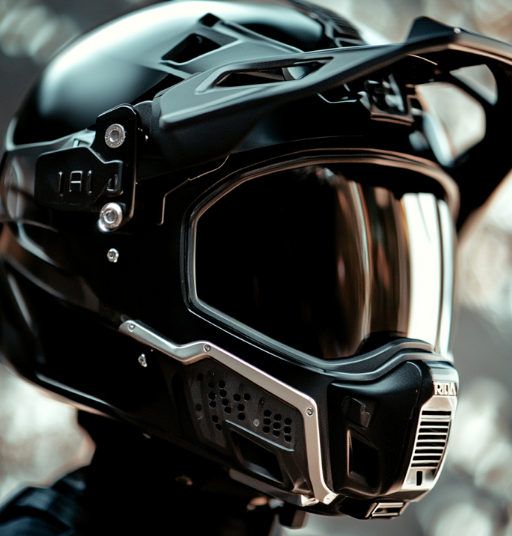The use of helmet cameras in equestrian sports has sparked extensive discussions and considerations in recent years, especially in activities governed by the United States Equestrian Federation (USEF). With the advent of technology, such cameras offer a unique vantage point of the competition from the rider’s perspective, but they also come with notable considerations and responsibilities.
Organizational Discretion and Authority
The overarching policy from the USEF permits the use of helmet cameras in competitions; however, the final decision rests with individual competition organizers. This policy ensures flexibility, allowing organizers to prohibit helmet cameras if they deem it necessary. Competitors are required to adhere to such directives, ensuring harmony between individual preference and competition safety protocols.
Each competition can have tailored rules regarding helmet camera use, reflecting the distinct nature and risk assessment of each event. This strategic autonomy empowers organizers to evaluate their specific conditions, participant demographics, and venue specifications before deciding on the camera policy. Therefore, equestrians need to stay informed about the camera regulations specific to each event they participate in.
Voluntary Use and Safety Concerns
Riders choosing to wear helmet cameras do so voluntarily and must acknowledge the associated risks. This decision is crucial as it upholds the rider’s autonomy in deciding whether the benefits of capturing real-time footage outweigh potential safety issues. Nevertheless, this choice comes with the responsibility of ensuring the camera setup does not compromise helmet integrity or safety.
Competitors are advised to consult with helmet manufacturers before installing a camera. This step is pivotal as it helps determine compatibility and maintains helmet efficacy. A thorough understanding of how the camera might affect safety features is imperative to ensuring that while enhancing competition viewing experiences, the rider’s protection remains uncompromised.
Compliance and Future Monitoring
Competitors are expected to comply with any decisions made by the competition organizers regarding the use of helmet cameras. This compliance is critical as it upholds the integrity and safety measures of the sport. Riders must be prepared to adhere to such rules to prevent disqualification or penalties during their participation in events.
The USEF has been proactive in monitoring ongoing developments and research regarding helmet camera use. This vigilance signals the Federation’s commitment to updating its policies in alignment with new findings, thereby ensuring that safety standards evolve with technological advancements. As of October 2024, no changes have been made to the policy initially set on January 5, 2015, but evaluative processes are in place to respond quickly to emergent research.
As advancements in technology and safety standards progress, the USEF’s adaptability in their policies ensures that they cater to both the excitement and security of equestrian sports, allowing for the responsible use of helmet cameras while maintaining a significant emphasis on rider safety and competition integrity.


